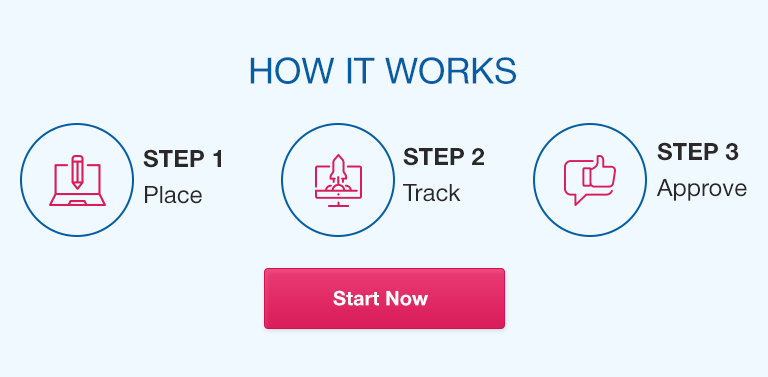see attached
BUSI 675
Case Study Assignment Instructions
Instructions
Each case study must be a minimum of 6 pages of original discussion and analysis, not counting the title page, reference page, figures, tables, and appendixes. The statements in each Case Study must be supported by biblical integration and at least 2 scholarly references, cited throughout the narrative and placed on the reference list in the APA format. Case Study assigned questions are listed in the chart below.
Note: Your assignment will be checked for originality via the Turnitin plagiarism tool. The tool is a starting point for instructors to check overall Academic Integrity and higher scores generally indicate a higher probability of Academic Misconduct. The higher a score the higher the probability that there are too high a percentage of quotations included in the narrative, and/or there are passages that have not been properly cited.
Case Study: Forecasting and Analysis Assignment
Case 12.1 Arrivals at the Credit Union (from your Albright & Winston textbook)
Union was having trouble getting the correct staffing levels
to match customer arrival patterns. On some days, the number
of tellers was too high relative to the customer traffic,
so that tellers were often idle. On other days, the opposite
occurred. Long customer waiting lines formed because the
relatively few tellers could not keep up with the number of
customers. The credit union manager, James Chilton, knew
that there was a problem, but he had little of the quantitative
training he believed would be necessary to find a better
staffing solution. James figured that the problem could
be broken down into three parts. First, he needed a reliable
forecast of each day’s number of customer arrivals. Second,
he needed to translate these forecasts into staffing levels that
would make an adequate trade-off between teller idleness
and customer waiting. Third, he needed to translate these
staffing levels into individual teller work assignments—who
should come to work when.
The last two parts of the problem require analysis tools
(queueing and scheduling) that we have not covered. However,
you can help James with the first part—forecasting.
The file C12_01.xlsx lists the number of customers entering
this credit union branch each day of the past year. It
also lists other information: the day of the week, whether
the day was a staff or faculty payday, and whether the day
was the day before or after a holiday. Use this data set to
develop one or more forecasting models that James could
use to help solve his problem. Based on your model(s),
make any recommendations about staffing that appear
reasonable.


